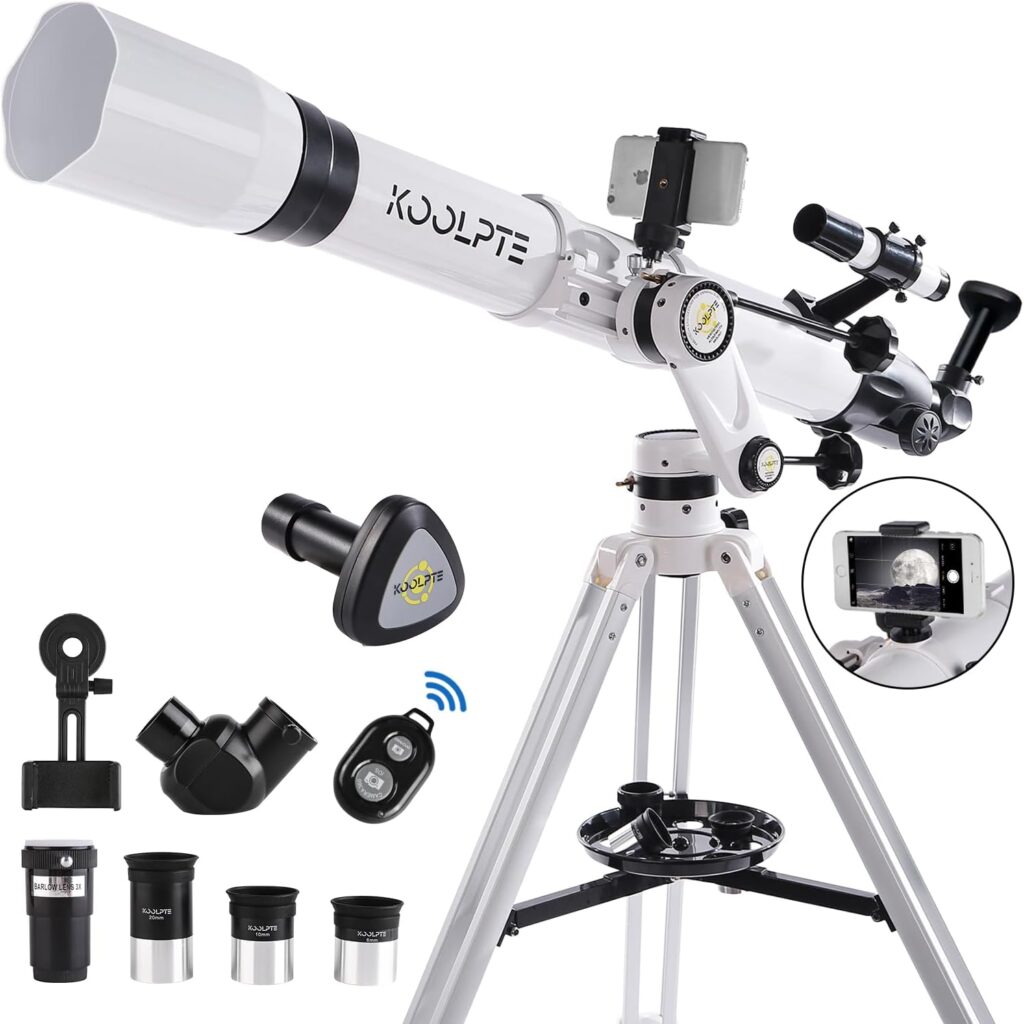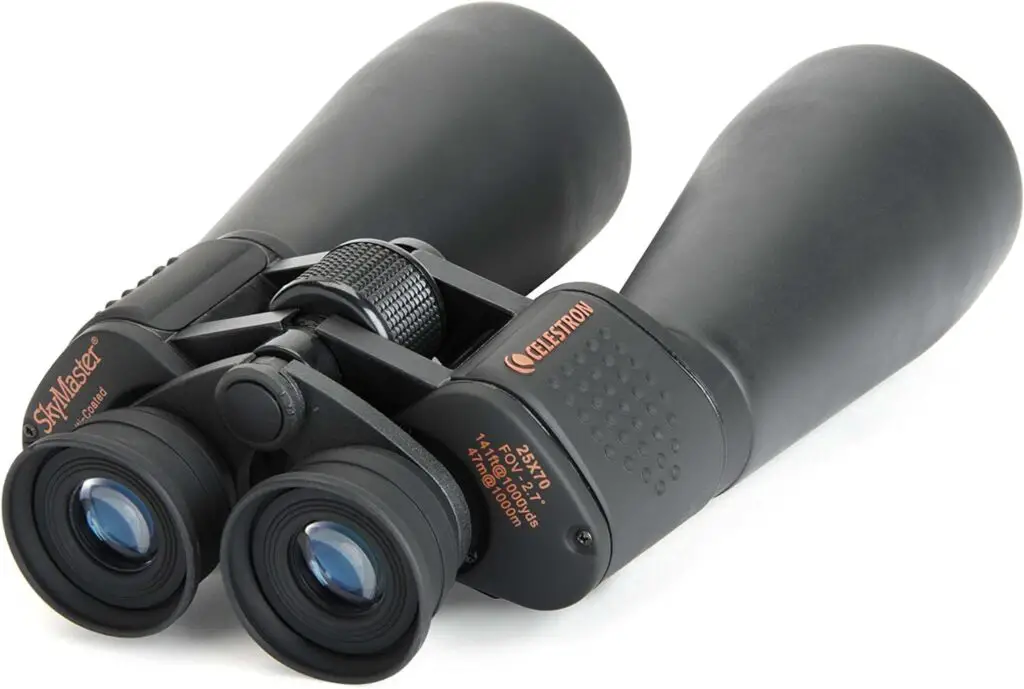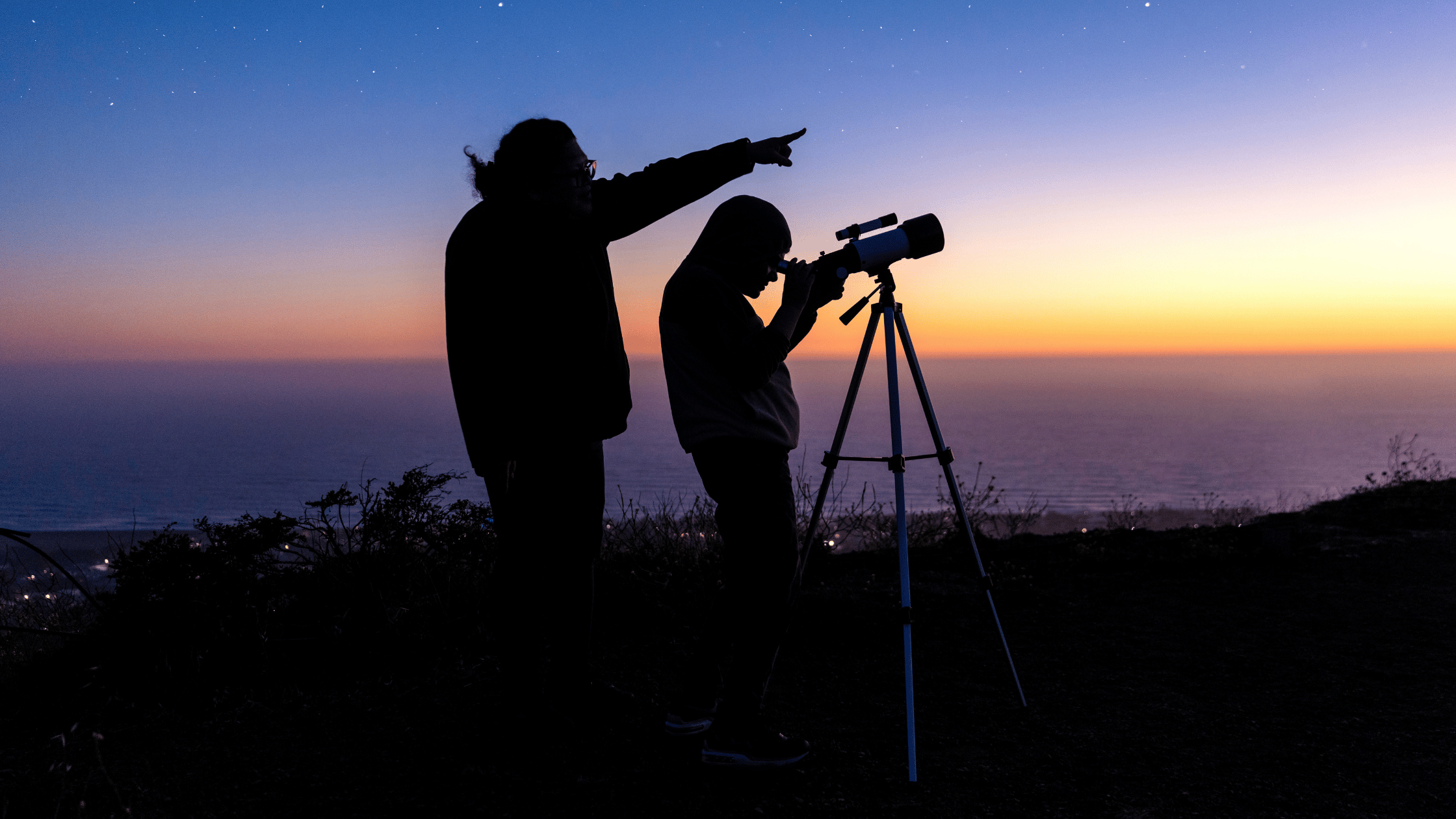Beginner’s Guide to Stargazing as a Hobby: Essentials for the Night Sky Enthusiast
Stargazing is a pastime that transforms the night sky into your own personal canvas of cosmic curiosity. As a beginner, you might feel overwhelmed by the sheer magnitude of the stars and celestial objects that twinkle above you. Embarking on the journey to become an amateur astronomer can be one of the most rewarding hobbies, connecting you with the universe in profound and exciting ways.

To get started, you don’t need an arsenal of expensive equipment; a clear night and a bit of patience are enough to begin your stargazing adventure.
Learning to identify constellations, understand the phases of the moon, and recognize planets shining brightly against the backdrop of the night is your first step into a larger world of astronomical exploration.
Understanding the basics of how to stargaze effectively will lay the foundation for endless nights of celestial discovery. Invest in a good star chart or an app, find a dark spot away from city lights, and dress appropriately for the weather. That’s all it takes to start your stargazing hobby – a hobby that not only entertains but also educates, as you unravel the mysteries of the cosmos one star at a time.
Understanding the Basics of Astronomy

Before you start your stargazing adventure, it’s essential to grasp the fundamental concepts of astronomy, including the celestial sphere and how to identify constellations.
Celestial Sphere and Coordinates
Imagine the sky as a huge dome surrounding Earth: this is the celestial sphere. Although it’s an imaginary tool, it helps astronomers map the positions of stars and other celestial objects. The sphere appears to rotate around Earth, but in reality, Earth is the one rotating.
Coordinates on the celestial sphere work similarly to latitude and longitude on Earth. The equator of the celestial sphere is directly above Earth’s equator. To specify positions in the sky, you’ll use celestial coordinates: right ascension (RA) and declination (DEC), comparable to terrestrial longitude and latitude.
Identifying Constellations
Constellations are like the connect-the-dots pictures of the night sky, forming recognizable patterns that have been significant across cultures for millennia. They not only aid in navigating the stars but also serve as a celestial calendar to track seasons.
- Orion is one of the most famous constellations and an excellent starting point for beginners. Look for Orion’s Belt, a short, straight row of three medium-bright stars.
- The Big Dipper, part of Ursa Major, is another landmark from which you can find the North Star, Polaris, by following an imaginary line through the ‘pointer’ stars.
Getting familiar with these can significantly enhance your stargazing experience and make celestial events more awe-inspiring.
Selecting Your Stargazing Equipment

Selecting the proper equipment is crucial for your stargazing experience. Invest in the right tools to embark on your celestial observation journey, focusing on features like aperture and magnification that directly affect what and how well you’ll see the night sky.
Choosing the Right Telescope
When you’re ready to choose a telescope, consider the aperture—the diameter of the main optical component. It’s responsible for gathering light; the larger the aperture, the more light the telescope captures, making fainter objects visible. The focal length of the telescope, which is the distance between the telescope’s optic and the image it forms, determines its magnification potential. A higher focal length translates to higher magnification.

Binoculars as an Alternative
Binoculars are a great alternative or complement to a telescope for beginners. They offer a wide field of view making it easier to navigate the sky.
Look for binoculars with specifications like “10×50,” where 10 represents the magnification (how many times closer objects will appear) and 50 indicates the aperture in millimeters, suggesting how much light the binoculars can gather.

Important Telescope Features
When delving into the features of a telescope, pay attention to the eyepiece, which should offer comfortable viewing and work in tandem with the focal length to give a clear magnified image.
Consider acquiring a Barlow lens, which increases the effective focal length of your telescope, thereby increasing magnification. This can be a cost-effective way to enhance your telescope’s capabilities without needing multiple eyepieces.
Setting Up for Stargazing
To delve into the captivating world of stargazing, you’ll need a few essentials: a location with dark skies away from excessive light pollution, a plan for when and what to observe, and key accessories to enhance your experience.

Finding the Ideal Location
Scouting the perfect spot is crucial since minimal light pollution will allow for the best visibility. Your backyard can serve as a convenient starting point for backyard astronomy, but for an optimal stargazing experience, venture out to a nearby park or nature reserve. These locations often boast darker skies, which are instrumental in observing faint celestial objects.
Planning Your Stargazing Session
To maximize your time under the stars, consult sky maps or a sky guide app to pinpoint celestial events, and plan your session accordingly. A star chart can also assist you in navigating the night sky.
Factor in the moon’s phase and rise/set times since a full moon can wash out dim stars. Try to align your stargazing efforts with nights when NASA predicts noteworthy happenings, such as meteor showers or planetary alignments.
Stargazing Accessories
Gathering the right accessories will enhance both your comfort and viewing capabilities:
- Red flashlight: A flashlight with a red filter will help preserve your night vision while reading charts or setting up equipment.
- Observation Gear: A simple pair of binoculars can be a great start before investing in a telescope.
- Comfort Items: Bring a lawn chair or a blanket to stay comfortable during long observation periods.
- Warmth Essentials: A thermos full of a hot beverage and some snacks will make the experience more pleasant, especially on cooler nights.
Observing the Night Sky

When you begin observing the night sky, you’ll discover a rich tapestry of celestial objects to explore. From the twinkling stars to the bright planets, each evening offers a unique experience as you chart the moon’s phases and delve into the mystery of deep-sky objects.
Stars and Planets
Stars: These luminous points in the night sky are suns from distant solar systems. You can recognize constellations by patterns they form, providing a map for navigating the heavens.
Planets: The wandering celestial bodies of our solar system appear as distinct, steady lights often visible to the naked eye. By noting their movement night after night, you can track their journey across the sky.
- Mercury and Venus, closest to the sun, are visible just after sunset or before sunrise.
- Mars, Jupiter, and Saturn display their unique colors and can often be seen with the naked eye or with a basic telescope.
The Moon and Its Phases
The Moon: Your closest celestial neighbor in space, the moon phases change over a 29.5-day lunar cycle. Observing these phases offers insights into the lunar surface’s craters, plains, and shadows.
| Lunar Phase | Description |
|---|---|
| New Moon | The moon is between the Earth and the Sun, typically invisible. |
| First Quarter | Half of the moon is illuminated; best time to view craters. |
| Full Moon | Fully illuminated, moon’s features are easiest to observe. |
| Last Quarter | Again half-lit, but opposite side compared to the first quarter. |
Deep-Sky Objects
Deep-Sky Objects: These include a variety of distant and diverse celestial phenomena beyond our solar system, from the swirling arms of galaxies to the dense star clusters bound by gravity.
- Galaxies: Enormous systems of stars, such as the Milky Way Galaxy, where our solar system resides.
- Star Clusters: Groups of stars that can be open clusters with a few stars or globular clusters with hundreds of thousands, each offering a glittering sight through your telescope.
- Nebulae: Clouds of dust and gas where new stars are born; they come in different shapes and colors—revealing the process of stellar evolution.
Each night presents an opportunity to witness the universe’s wonders and your journey through the cosmos starts with just a look upward.
Navigating the Sky with Star Maps and Apps

Before venturing out under the night sky, familiarize yourself with star charts and apps designed to enrich your stargazing experience. These tools are essential for identifying constellations, planets, and astronomical events, guiding you through the celestial tapestry with confidence.
Using a Star Chart
A star chart is a map of the night sky that helps you identify celestial objects. Similar to a road map, a star chart shows the placement of stars, constellations, and sometimes planets in the sky for a particular date, time, and location. Here are the steps to use one effectively:
- Align the chart with the current date and time.
- Face the direction indicated on the chart (North, South, East, West).
- Hold the chart above your head to match the view of the sky.
- Locate bright stars and constellations using the chart as a reference.
Remember, the rotation of the Earth changes the night sky’s appearance throughout the night, so adjust your star chart accordingly. For simplified stargazing, consider the use of star charts and sky maps, which highlight brighter stars and constellations.
Technology in Astronomy
With the advent of technology, stargazing apps have become a popular tool for amateur astronomers. These apps work by using your smartphone’s GPS to pinpoint your exact location and overlay constellations, stars, and planets onto your screen when you point your device at the sky. Here’s why these apps are advantageous:
- Interactive and user-friendly, often with search functions for finding specific celestial objects.
- Regular updates integrate the latest astronomical data and events.
- Some apps offer augmented reality (AR) features, enhancing your real-time sky-gazing experience.
It’s essential to choose the right app, as features can vary widely. A comprehensive tool like Sky & Telescope’s stargazing basics can be a great starting point in selecting the app that fits your level of expertise and curiosity.
Enhancing Your Experience

To elevate your stargazing hobby, you’ll want to leverage technology, understand how light pollution affects your observations, and learn techniques for better night vision. Utilizing these strategies will significantly improve the quality of your celestial viewings.
Best Mobile Apps for Stargazing
SkyView and Stellarium Mobile are two highly regarded mobile apps that can guide you through the constellations and celestial events. With features that allow you to align your device with the night sky, these apps provide an interactive experience to identify stars, planets, and satellites.
- SkyView uses your camera to overlay constellation maps on the live sky view.
- Stellarium Mobile presents a detailed 3D map of the night sky in real-time, accurate to your location.
Mitigating Light Pollution
Light pollution from urban areas significantly diminishes the quality of your stargazing. To mitigate this:
- Seek out locations designated as Dark Sky Areas which are recognized for their minimal light pollution.
- Use a light pollution map, like the one provided by Dark Site Finder, to locate the darkest skies near your city.
Dark Adaptation Tips
Your eyes take time to adjust to the dark for optimal night vision—a process known as dark adaptation.
- Waiting Period: After arriving at your stargazing spot, wait 20-30 minutes for your eyes to fully adapt to the darkness.
- Use Red Light: To preserve your night vision, use a flashlight with a red filter or red LED lights when you need to see your surroundings or consult a star map.
By embracing these tools and techniques, you’ll be able to experience the wonder of the night sky with enhanced clarity and awe.
Joining the Astronomy Community

As you embark on your journey as a backyard astronomer, connecting with an astronomy club might be one of the most rewarding steps you can take. These clubs are welcoming hubs where beginners in astronomy can thrive, learning from more experienced amateur astronomers who are eager to share their knowledge.
Find a Local Astronomy Club: Your first step could be to search for a local astronomy club. Many of these clubs hold regular meetings, star parties, and observational sessions. They’re a great platform for you to meet fellow enthusiasts and cultivate your interest.
Enhance Your Skills: By joining a club, you can participate in workshops and talks that elevate your stargazing skills. Master the use of telescopes, celestial navigation, or astrophotography with the help of your peers.
Share and Learn: An integral part of being in an astronomy community involves sharing your findings and experiences. These communities often encourage show-and-tell sessions where you can present your observations or discuss astronomical phenomena.
Resources and Outreach: With a club, you gain access to a range of resources like specialized magazines and guidebooks that can be more challenging to find on your own. Clubs also typically engage in outreach programs, helping you to promote astronomy education within your wider community.
Remember, whether you’re peering through a telescope in your backyard or sharing your latest astronomical photo, you’re not alone. By joining the astronomy community, you place yourself in an environment that is rich in shared knowledge and passion for the stars.
Frequently Asked Questions

Entering the world of stargazing enriches your life with knowledge and beauty. This section answers common queries to help you navigate the starlit journey.
What are the Benefits of Stargazing as a Hobby?
Stargazing offers a unique blend of relaxation and education. You connect with the cosmos, gaining a new perspective on life and the universe while enhancing your knowledge of celestial phenomena.
What are essential stargazing tools for a beginner?
A good pair of binoculars and a basic star chart are fundamental tools for any beginner. They provide a solid foundation for observing the night sky before moving on to more advanced equipment like telescopes.
Can you recommend some beginner-friendly astronomy books or resources?
Yes, resources such as “NightWatch: A Practical Guide to Viewing the Universe” by Terence Dickinson offer comprehensive guidance for beginners. Also, consider visiting Sky & Telescope’s beginner’s guide to supplement your learning.
What are some useful astronomy apps for amateurs?
Apps like SkySafari and Star Walk 2 are tailored for amateur astronomers. They provide interactive star charts and augmented reality features to enhance your stargazing experience.
How can someone with no prior knowledge start learning astronomy?
Start by spending time under the night sky, familiarizing yourself with major constellations, and using resources such as Waddensky’s quick-guide for stargazing beginners to build your understanding.
What tips do you have for a beginner stargazer to enhance their experience?
Learn to observe with the naked eye first, then with binoculars, and finally with a telescope. Keep a stargazing journal to track your observations, and join local astronomy clubs for community learning.
What are the best ways for children to get involved in stargazing and astronomy?
Encouraging children’s natural curiosity, providing them with a simple star map, and organizing family stargazing nights are effective ways to get them excited about astronomy.

